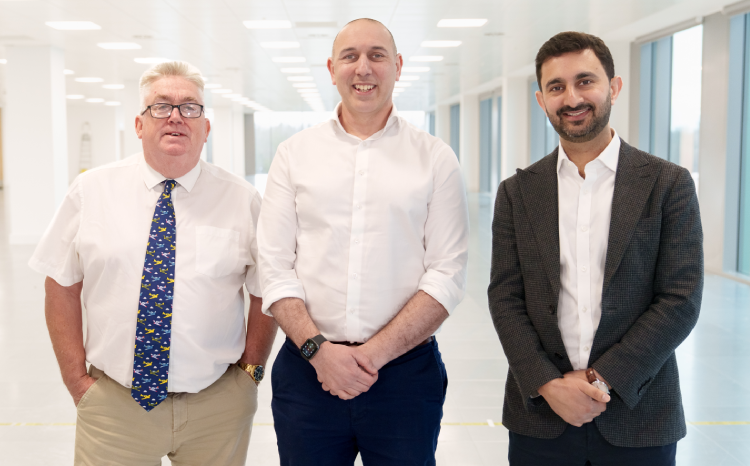CCIO and CIO Network leaders reflect on 2018
- 31 December 2018

As the year draws to a close the leaders of the CCIO and CIO networks share their take on the key developments of the year.
It was a year which began with policy dominated by GDEs and manoeuvring on who would become a LHCRE. But at the end of the long hot summer a new health secretary arrived, and he and his advisors begin to map a new direction on health IT policy.
Matt Hancock and his advisors, most notably Hadley Beeman and Dr Ben Goldacre, have from the outset sought to canvass the views of CIOs and CCIOs.
Dr Joe McDonald, chair of the CCIO Network and CCIO of the Great Northern Care Record, believes it has been a year of new beginnings and direction: “Wow. What a year. I have divided it into before and after Matt Hancock (BM).
“BM we were converging on a handful of big American systems, open source was dead and buried, the NHS IT market was stone dead, the brief rapprochement between clinicians and the centre was over. Many of us resigned ourselves to the kind of service that army recruitment has had from Capita: crap and expensive.
“After Matt Hancock’s September speech at NHS Expo it all changed. I am now optimistic that the NHS can lead the Health IT revolution. OK his endorsement of Babylon was a tactical error, but I don’t care because he has re-energised the whole sector.
“The most fun has been watching NHSE and D trying to keep up but bless ’em they are trying and NHSDs publication of their design principles made me cry tears of joy. Maybe this time, just maybe……”
Ade Byrne, chair of the CIO Network and CIO Southampton University Hospital, notes a change in how big suppliers are perceived:
“I agree the days of handing over your responsibilities as a CIO to a large supplier of all things seem to be over. Above all this means CIOs will own the data platform and the interoperability which is the key intellectual property that those suppliers would hang onto.”
But Byrne stresses that this new focus on interoperability creates a new set of difficult challenges for CIOs: “There is, I think, an element of careful what you wish for. I think this is a good thing, but I’m aware that many CIOs don’t have teams who can procure, implement and look after this stuff. Interoperability is hard work. The Digital Academy will help of course but it won’t give the actual skills and the numbers.”
The Southampton CIO adds that the focus on open platforms and standards needs to be separated from open source schisms.
He says: “Personally, I hope this doesn’t take us back into the “open source wars”. There’s a place for open source but we need safe supported software and it’s hard to square that. The emergence of the open platform concept with micro-services and apps ecosystems is quite refreshing, as is the interest in OpenEHR, and of course the OpenPHR we are developing at Southampton.”
Byrne also calls for a focus on modern architecture: “It’s nice that Matt Hancock’s strategy gives us some bullets to fire at suppliers on modern architecture. Never mind axe the fax, let’s axe the Citrix.
He says suppliers are now being challenged to adopt open platforms and standards and move to modern architectures, but delivery will take time and the outcome is not yet certain.
He says: “I don’t think its cut and dried which approach will win but there is now support for a less centralist approach and therefore more innovation.”
The CIO Network chair says that the other key trend is the growing recognition of digital by board members.
“I think another thing that seems to have happened is that board members are now switched onto IT they can see its mission critical and can see what it can do for them.”




